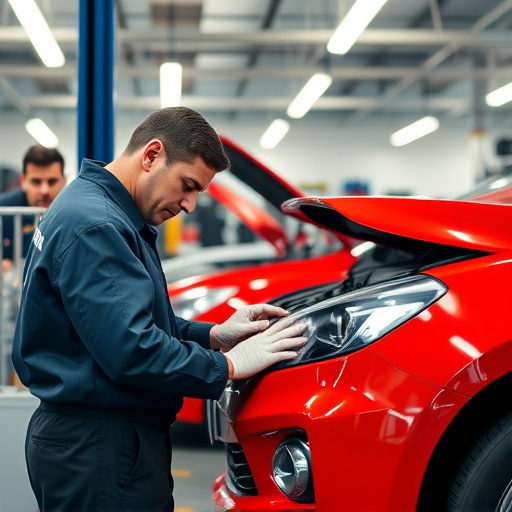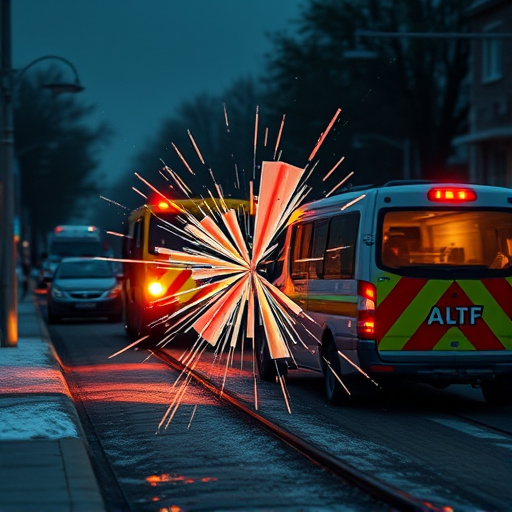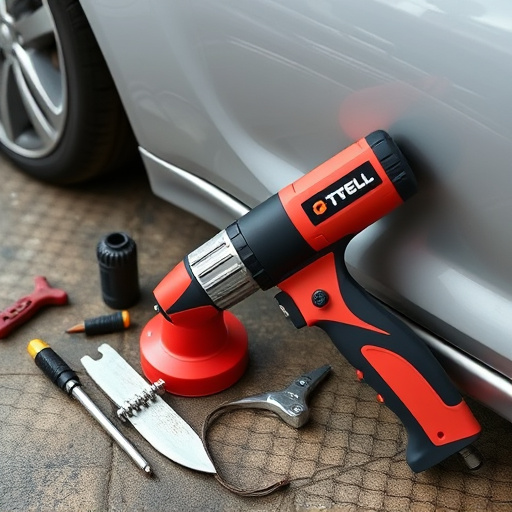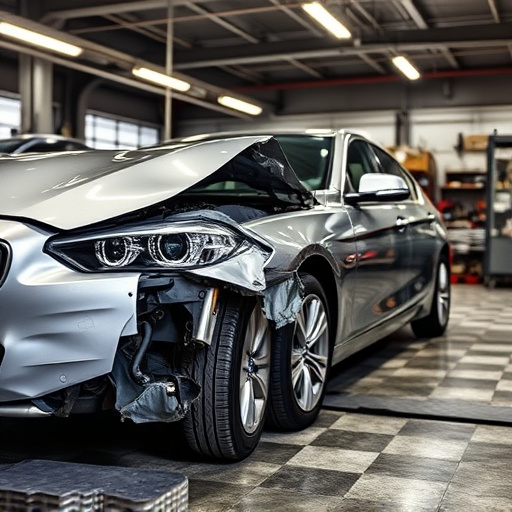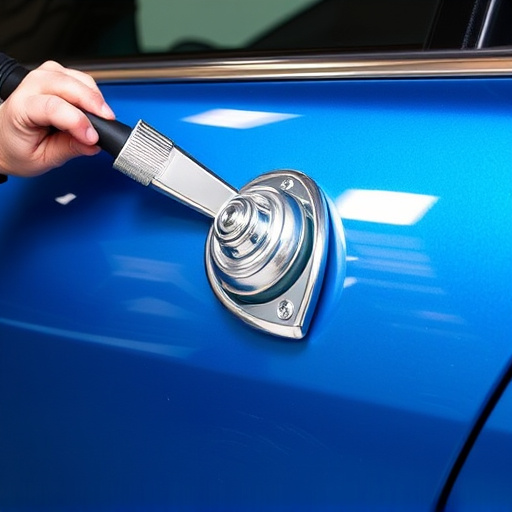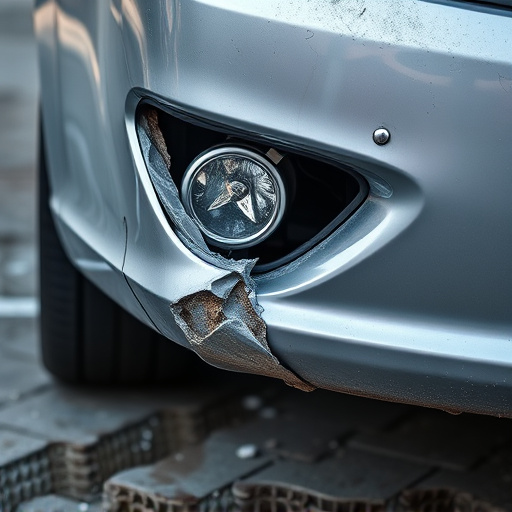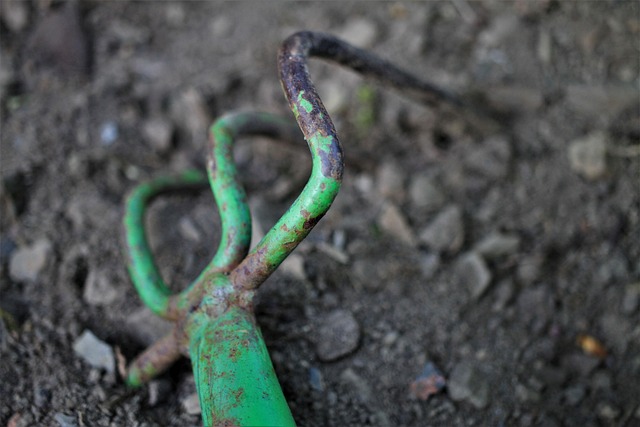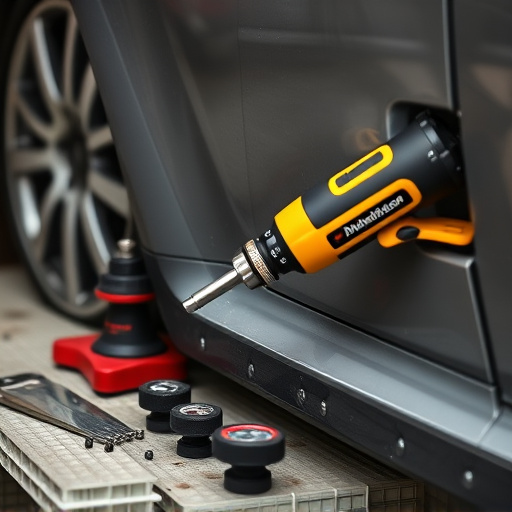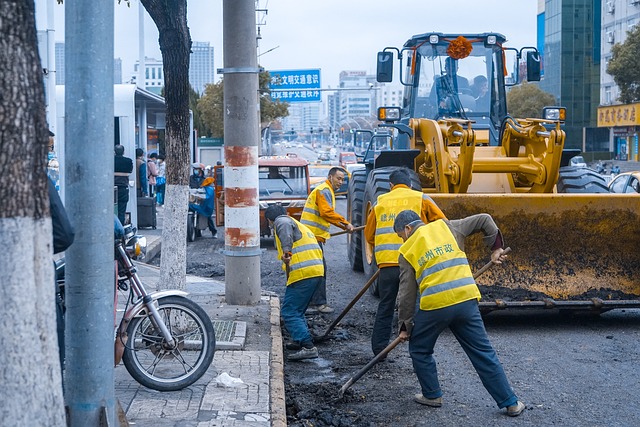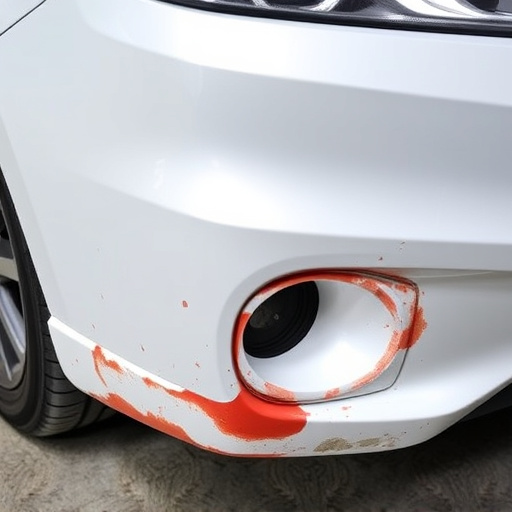In competitive automotive service, especially fleet repair, emergency collision repair is a key differentiator. Technicians need diverse skills, from minor to significant structural repairs, adhering to safety standards and best practices. Specialized knowledge in car paint repair, eco-friendly processes, and certifications like I-Car and ASE are crucial. Continuous training on modern vehicle designs and advanced safety features ensures technicians stay ahead, driving innovation and precision in emergency collision repair.
In the dynamic field of automotive servicing, emergency collision repair stands out as a critical skill set. With the ever-increasing complexity of vehicle technology, certified technicians are in high demand. This article explores the essential certifications required for emergency collision repair, highlighting the importance of staying updated. From understanding industry standards to continuous training, we delve into strategies to ensure safe and efficient repairs in urgent situations. Key certifications and ongoing education are the cornerstones of a successful career in this specialized area of automotive expertise.
- Understanding Emergency Collision Repair Requirements
- Key Certifications for Rapid and Safe Repairs
- Continuous Training: Staying Ahead in this Field
Understanding Emergency Collision Repair Requirements
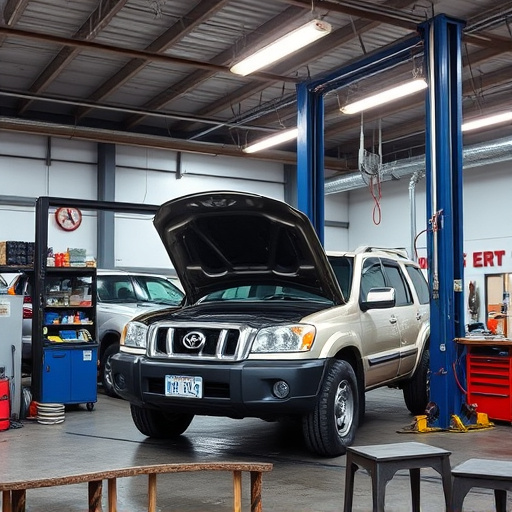
In the dynamic field of automotive service, emergency collision repair stands out as a critical aspect, especially for businesses offering fleet repair services. Understanding the specific requirements and standards set by industry authorities is paramount for technicians aiming to excel in this domain. The primary focus lies in ensuring swift yet meticulous repairs that meet or exceed safety regulations. This involves acquiring specialized knowledge in various aspects of car paint repair and auto painting techniques.
Technicians must be adept at handling a range of damages, from minor dents and scratches to more extensive structural issues, often encountered in accidents. Staying updated with the latest industry standards and trends is essential, as these repairs require precision and adherence to detailed procedures. Moreover, an understanding of the environmental impact of auto painting processes has become increasingly important, driving the demand for eco-friendly and sustainable fleet repair services.
Key Certifications for Rapid and Safe Repairs
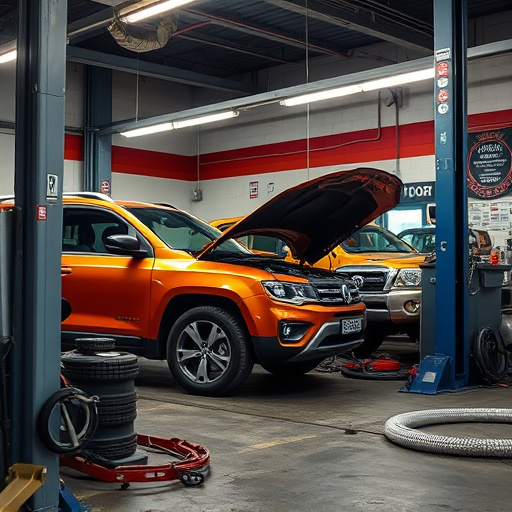
In the realm of emergency collision repair, technicians must possess a unique blend of skills and certifications to handle vehicles safely and efficiently. Key among these are I-Car (Institute for Automotive Service Excellence) certifications, widely recognized as benchmarks for quality in the industry. These certifications ensure that repair professionals stay updated with the latest technologies and techniques, critical for rapid yet secure repairs. With I-Car’s standards, technicians learn not just about car scratch repair and vehicle dent repair but also delve into complex automotive restoration processes.
Additionally, certification from the National Institute of Automotive Service Excellence (ASE) is invaluable. ASE’s specialized programs focus on various aspects of collision repair, from structural integrity to paintless dent repair techniques. These credentials signal to clients and employers alike that the technician is not only adept at addressing minor issues like car scratch repair but also capable of handling major accidents through comprehensive automotive restoration, ensuring every vehicle returns to the road in top condition after emergency collision repair.
Continuous Training: Staying Ahead in this Field
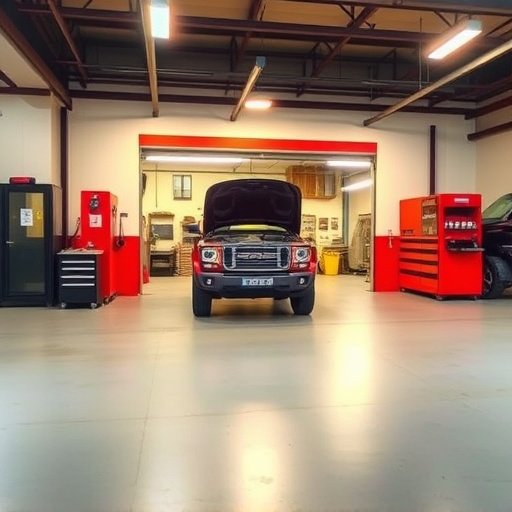
The field of emergency collision repair is constantly evolving, with new technologies and techniques emerging regularly. To stay ahead in this dynamic industry, continuous training is paramount for technicians. Staying updated ensures they can handle modern vehicle designs and advanced safety features, which are becoming increasingly complex. Regular workshops, seminars, and online courses enable professionals to learn about the latest tools, methods, and industry standards in car collision repair and auto body repair.
This ongoing education also helps them adapt to changes in materials used for car body repair, such as lightweight composites and high-strength steels. By engaging in continuous training, emergency collision repair technicians can deliver superior quality work, ensuring customer satisfaction and safety on the road. This commitment to learning is a game-changer, fostering innovation and precision in an ever-changing landscape of vehicle repair.
In the dynamic field of emergency collision repair, staying certified and trained is paramount. By obtaining key industry certifications, technicians can ensure rapid and safe repairs, enhancing customer satisfaction and safety on the road. Continuous training empowers professionals to stay ahead of evolving technologies and standards, ultimately contributing to the integrity of vehicle repairs in critical situations.

